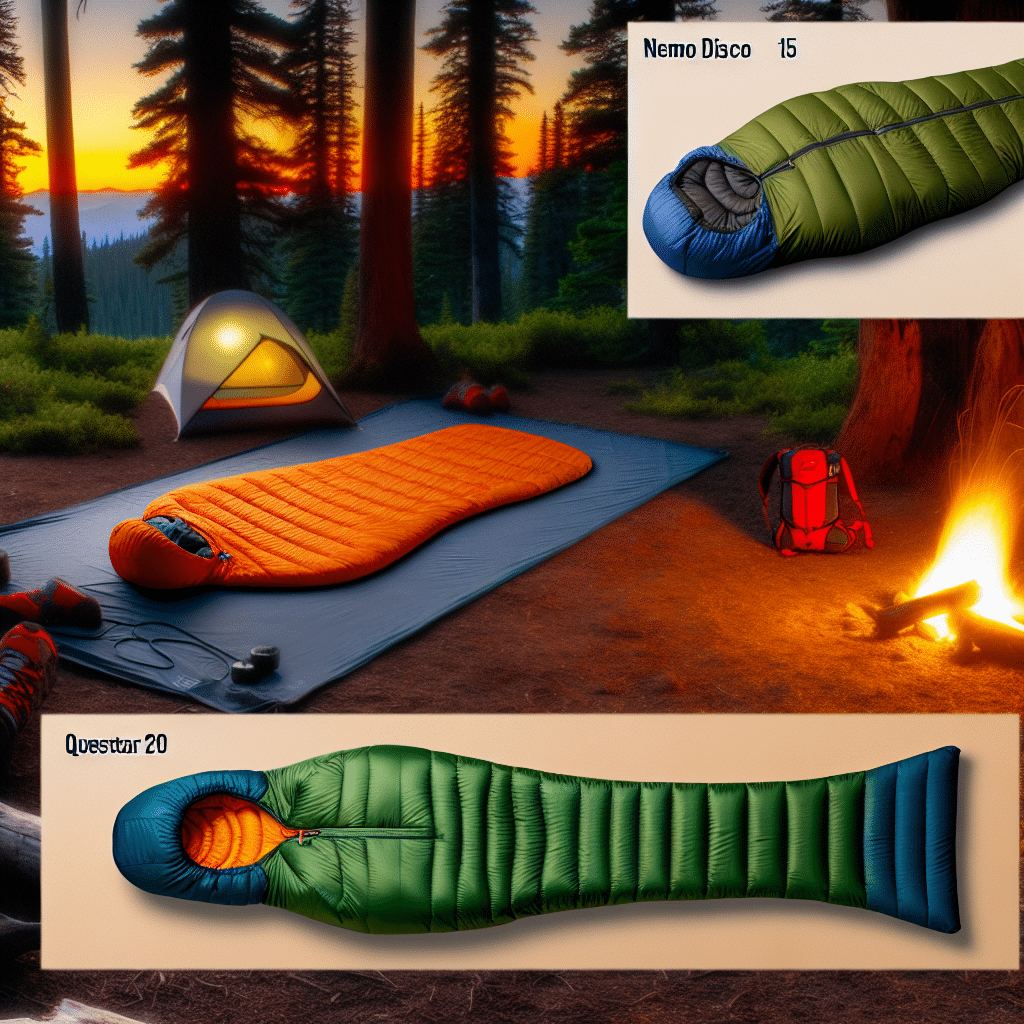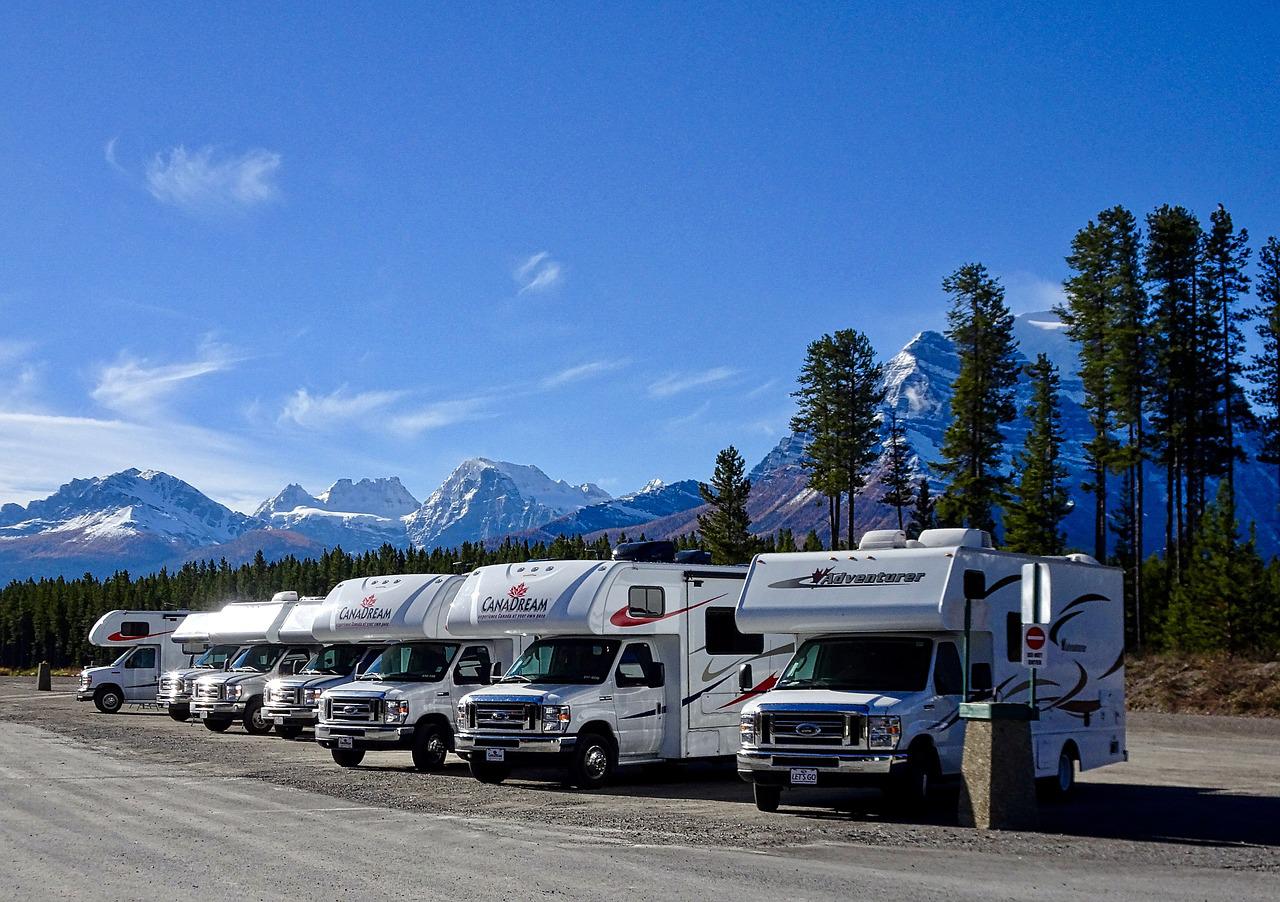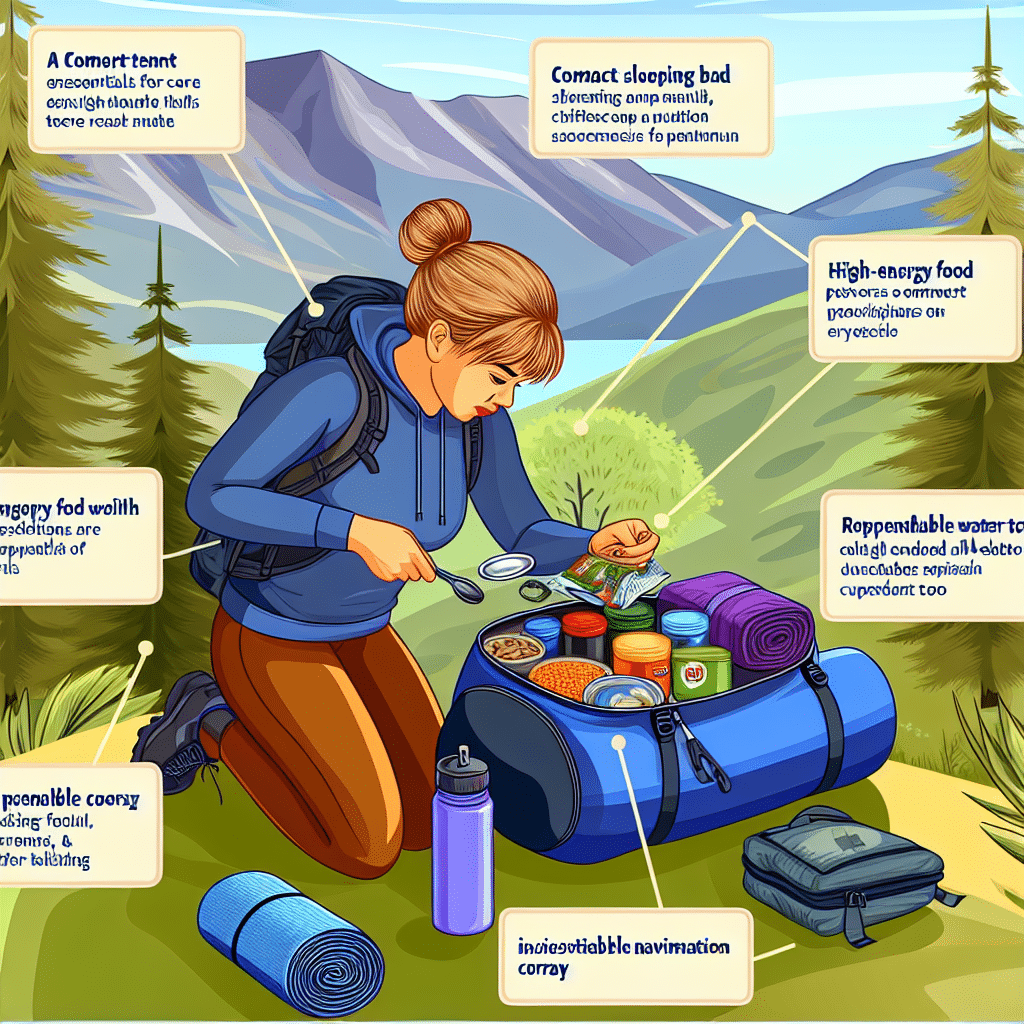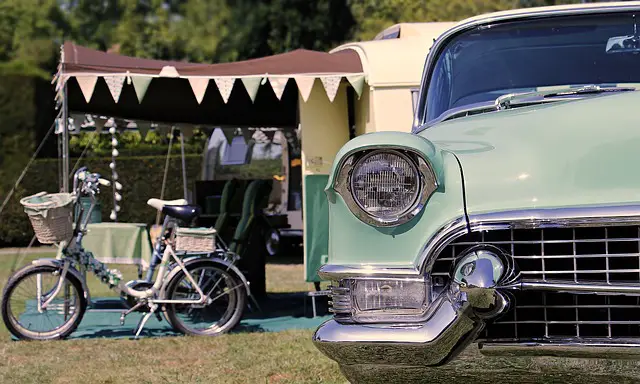Venturing into the wilderness with a backpack brimming with essentials is an exhilarating experience. But at the end of a long, challenging day on the trail, nothing is more comforting than a good night’s sleep. This is why choosing the best sleeping bag for backpacking is crucial. Whether you’re a seasoned adventurer or a novice hiker, this guide will help you understand what to look for and provide recommendations to suit various needs and preferences.
What Makes a Sleeping Bag Ideal for Backpacking?
Weight and Packability
When it comes to backpacking, every ounce matters. A sleeping bag that is lightweight and easy to compress without sacrificing warmth is ideal. Down-insulated sleeping bags are often preferred for their excellent warmth-to-weight ratio and compressibility. However, synthetic bags have their merits too, particularly in wet conditions.
Temperature Rating
The temperature rating of a sleeping bag is a key factor to consider. This rating indicates the lowest temperature at which the bag will keep you warm. While this can vary based on individual comfort levels, it’s essential to choose a bag that aligns with the typical weather conditions you’ll encounter. Sleeping bags are usually rated for summer, three-season, or winter use.
Shape and Fit
The shape of a sleeping bag affects its warmth and comfort. Mummy bags, with their tapered design, are extremely efficient at retaining heat but may feel restrictive. Rectangular bags offer more room but can be less warm. Consider your personal preference for space versus warmth when making your choice.
Top Recommendations for the Best Sleeping Bags for Backpacking
Nemo Disco 15
The Nemo Disco 15 is a favorite among side sleepers and those who prefer a bit more room to move around. Its unique spoon shape offers added space at the elbows and knees, making it one of the most comfortable options. The bag features 650-fill-power down, making it warm and compressible. Additionally, the waterproof footbox and breathable fabrics ensure you stay dry and cozy.
Therm-a-Rest Questar 20
The Therm-a-Rest Questar 20 is a versatile three-season sleeping bag that delivers excellent warmth and comfort. It’s filled with 650-fill Nikwax Hydrophobic Down, which maintains loft even in wet conditions. The SynergyLink connectors integrate with your sleeping pad, ensuring you don’t roll off during the night. This integration also helps in retaining heat efficiently.
Sea to Summit Spark III
If ultra-lightweight is your priority, the Sea to Summit Spark III is an exceptional choice. Weighing just over a pound, this mummy-shaped bag uses 850+ fill power Ultra-Dry down, striking a delicate balance between warmth and weight. The tapered design and draft-stopping features make it incredibly efficient in colder weather.
How to Choose the Right Sleeping Bag for Your Backpacking Adventure
Assess Your Needs
Consider the typical conditions you’ll be facing during your backpacking trips. Are you primarily a summer hiker, or do you venture out in the colder months? Understanding your specific needs will narrow down your choices significantly.
Consider Your Sleep Style
Your preferred sleeping position can influence the type of sleeping bag you choose. Side sleepers might favor a bag with a roomier design, while back sleepers may prefer the efficiency of a mummy bag. Always try to test the bag’s fit and comfort before making a final decision.
Evaluate the Weight-to-Warmth Ratio
When backpacking, carrying a lightweight bag that still provides adequate warmth is crucial. Always check the fill power of down-insulated bags or the type of synthetic insulation used. Higher fill power means better warmth with less weight.
Maintenance Tips for Your Backpacking Sleeping Bag
Investing in one of the best sleeping bags for backpacking means you’ll want to take good care of it. Proper maintenance can extend its life significantly.
Clean Regularly
It’s essential to keep your sleeping bag clean. Use a sleeping bag liner to minimize the need for frequent washes. When it does need cleaning, follow the manufacturer’s care instructions carefully. Down sleeping bags often require a special detergent and gentle handling.
Store Properly
Never store your sleeping bag in its compressed stuff sack for long periods. Instead, use a large storage bag or hang it in a closet to maintain the loft and ensure it stays fluffy and effective.
Repair Promptly
Small tears or broken zippers should be repaired immediately to prevent further damage. Carry a basic repair kit on your backpacking trips to handle any emergencies that may arise.
Conclusion
Finding the best sleeping bag for backpacking involves striking a balance between weight, warmth, and comfort. The Nemo Disco 15, Therm-a-Rest Questar 20, and Sea to Summit Spark III are all excellent options, each offering unique features to suit different needs. By assessing your specific requirements and preferences, you can select a sleeping bag that will ensure restful nights and memorable adventures on the trail. Remember, the right sleeping bag is an investment in your comfort and safety, making every backpacking trip more enjoyable and rewarding.




